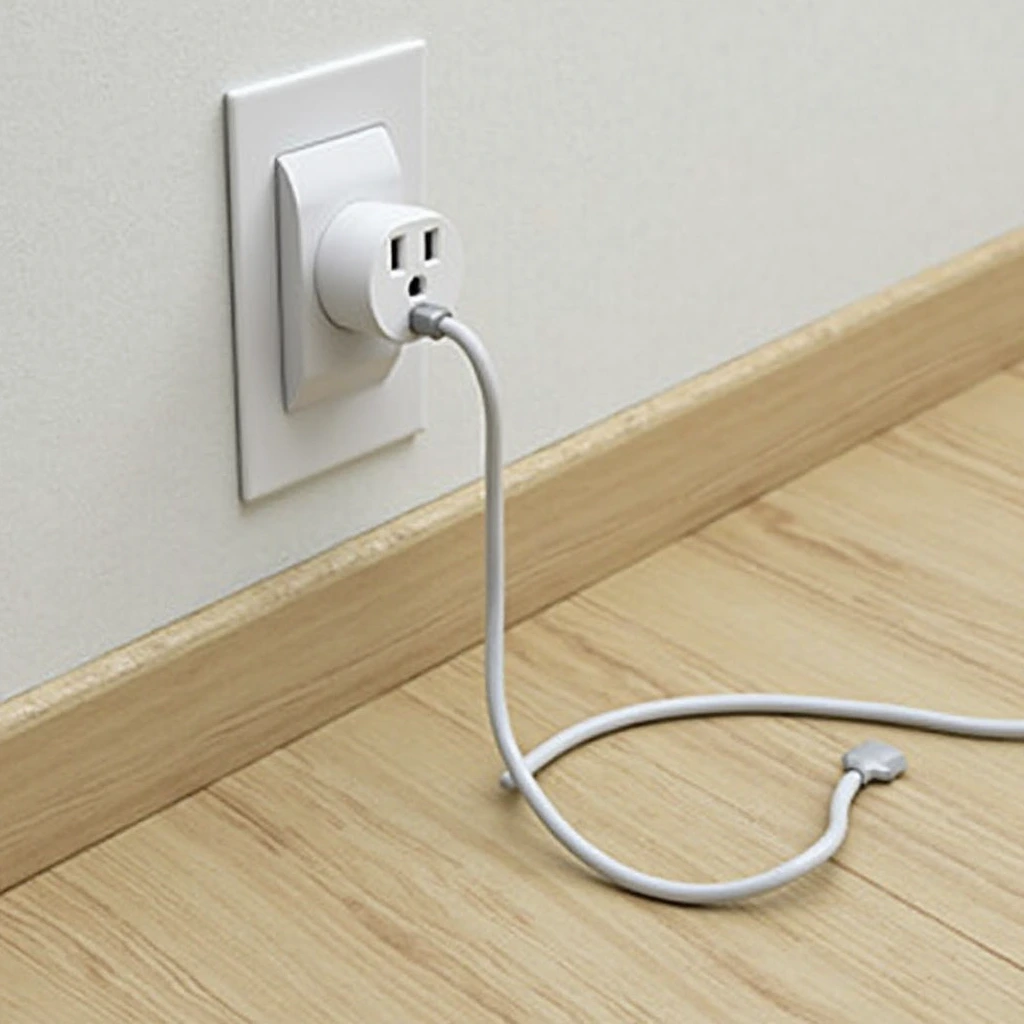Leaving a phone charger plugged into an outlet without a device attached might seem harmless, but it can lead to safety hazards, energy waste, and unnecessary wear on your charger. Many people unknowingly put themselves at risk of fire hazards, overheating, and increased electricity costs just by leaving their chargers plugged in 24/7.
How Chargers Work
A charger is designed to transfer energy from an outlet to your device. When you plug in your phone, the charger regulates the power flow to prevent overloading. However, even when your device is not connected, the charger continues to draw a small amount of electricity, which can cause unnecessary wear and tear.
According to Energy.gov, idle electronics still consume electricity, contributing to higher energy bills and unnecessary energy waste.
Even worse, if your charger overheats, it could pose a fire risk, especially if it is plugged into an overloaded power strip or near flammable materials. The National Fire Protection Association (NFPA) warns that electrical fires account for thousands of home fires each year—many of which are caused by overheating chargers and power adapters.
Why You Should Never Leave a Charger Plugged In
🔥 1. Overheating & Fire Hazards
Leaving a charger plugged in can generate heat buildup, especially in cheap or low-quality chargers. Over time, this heat can degrade the internal components of the charger, increasing the risk of:
- Electrical short circuits
- Melted wiring
- Potential house fires
Even if your charger is not actively charging a device, it can still produce a low level of heat, which adds stress to the outlet and wiring in your home.
⚡ 2. Energy Wastage & Higher Electricity Bills
Even when idle, a charger continues to draw phantom power, also known as standby power. While a single charger may not seem like a big deal, multiple plugged-in devices around your home could lead to higher energy costs over time.
💡 Did You Know?
- The U.S. Department of Energy estimates that standby power accounts for 5–10% of total residential energy use.
- Over time, this wasted electricity can cost $100 or more annually, depending on how many devices remain plugged in.
🔧 3. Shortened Charger Lifespan
Leaving a charger plugged in reduces its lifespan because the internal components are constantly exposed to small electrical currents, even when not in use. Over time, this wears out the circuitry, leading to:
- Charger inefficiency (slower charging speeds)
- Overheating risks
- Frequent charger replacements
Many cheap chargers degrade faster, meaning you’ll end up spending more money replacing them frequently.
🌎 4. Environmental Impact
The excess energy consumption caused by leaving chargers plugged in increases your carbon footprint. Producing electricity requires burning fossil fuels, which contributes to:
- Air pollution and greenhouse gas emissions
- Increased e-waste (since damaged chargers are often thrown away)
By simply unplugging your charger when not in use, you help reduce unnecessary energy waste and limit the number of chargers that end up in landfills.
Common Myths Debunked
❌ Myth 1: Chargers Don’t Use Power When Not in Use
✔️ Truth: Chargers still draw small amounts of electricity even when no device is plugged in.
❌ Myth 2: Modern Chargers Don’t Overheat
✔️ Truth: While newer models include safety features, leaving them plugged in for extended periods still causes gradual wear and tear.
❌ Myth 3: Unplugging Makes No Difference
✔️ Truth: Even small actions like unplugging your charger contribute to lower energy consumption and longer-lasting devices.
Best Practices for Safe Charger Use
✅ Always unplug your charger when not in use
✅ Use surge protectors to prevent power surges
✅ Invest in high-quality, certified chargers (avoid cheap knockoffs)
✅ Keep chargers away from flammable materials
✅ Use smart plugs that automatically cut power to idle devices
According to the U.S. Consumer Product Safety Commission, following safe charging practices can help prevent electrical fires and damage to your electronics.
Frequently Asked Questions (FAQs)
🔹 Does leaving a charger plugged in damage the outlet?
Yes. Over time, constant electrical flow can weaken the outlet and increase the risk of short circuits or overheating.
🔹 Is it safe to leave a charger plugged in overnight?
While most modern chargers have safety mechanisms, leaving them plugged in continuously accelerates wear and tear and increases fire risks in case of power surges.
🔹 How much electricity does an unused charger consume?
A single charger consumes between 0.1 to 0.5 watts per hour, but multiple chargers in a home can add up to significant energy waste over time.
🔹 Do all chargers pose the same risk?
No. Cheap, uncertified chargers are more prone to overheating and failure compared to high-quality, safety-certified chargers from reputable brands.
Conclusion
Unplugging your charger might seem like a small action, but it can prevent fire hazards, reduce energy waste, and extend your charger’s lifespan. By making this simple change, you can save money, protect your home, and reduce your carbon footprint.
💡 Remember: If you’re not charging, unplug your charger!

